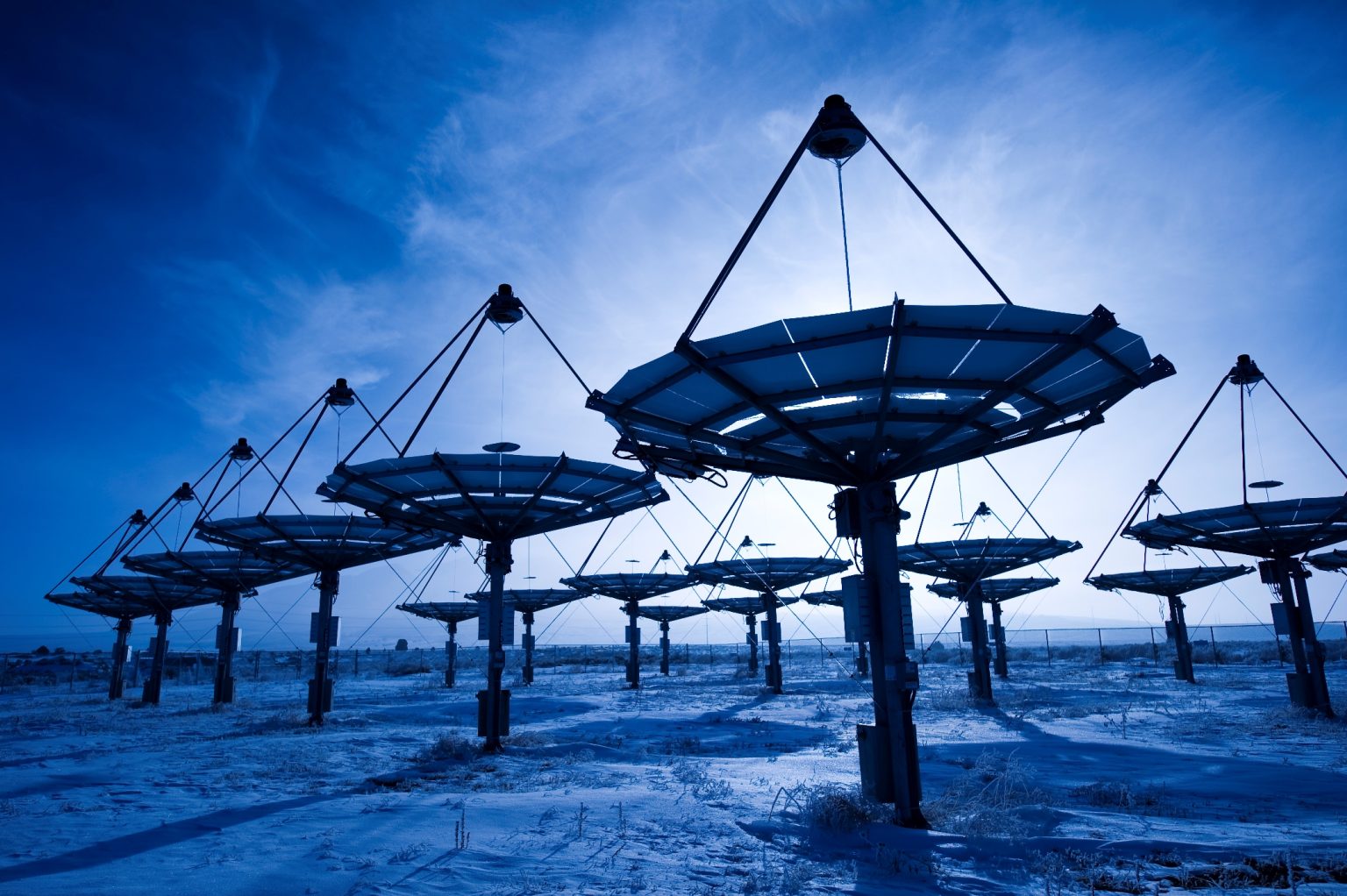For more than 100 years, the United States electrical grid operated on a one-way delivery model: power generation, transmission, and distribution in response to user demand. Electricity came from big coal-fired plants and hydroelectric dams, later supplemented by nuclear and natural gas plants, and went out to the world as a mix of baseload and peaking power.
Today, however, the grid is evolving into something that blurs the boundaries between suppliers and consumers. With more renewable energy integration, smaller-scale and more widely distributed energy resources, and a demand for increased reliability and resilience, the grid of the future is shaping up to be a two-way power flow, with demand adapting more and more to available supply.
Not only do grids experience variability in loads — demand for electricity — but renewable sources such as wind are intermittent and can drop off without sufficient notice. A number of advances will be critical for making the future grid reliable and resilient. For example, “shock absorbers” such as energy storage systems and dynamic communication will help minimize brownouts or power surges.
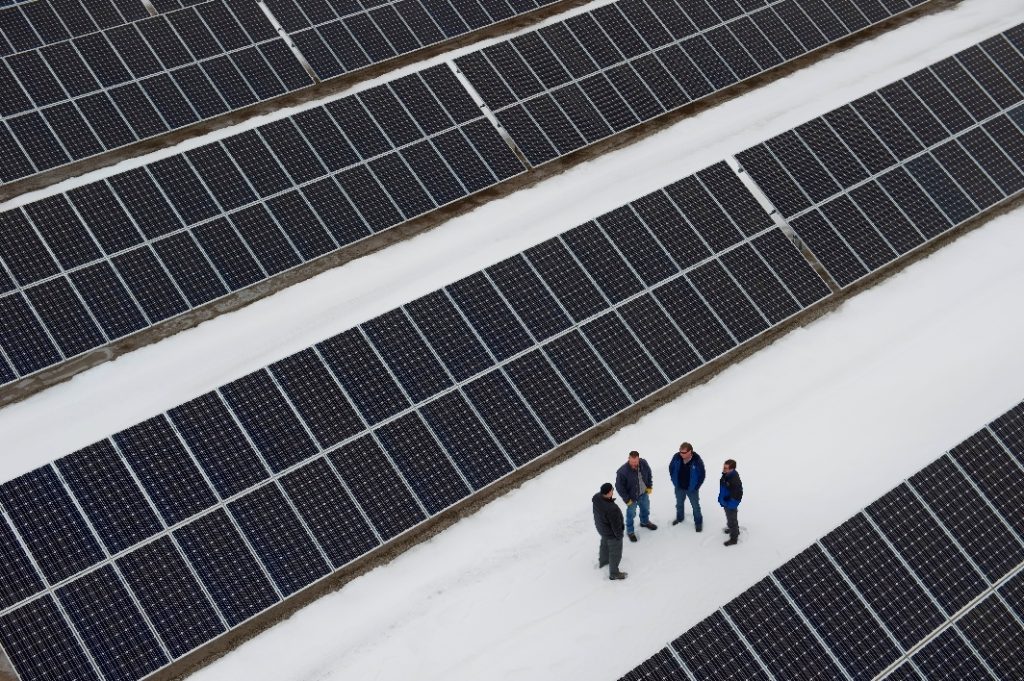
A number of things are driving the likelihood that renewables and other smaller, more widely distributed sources of energy may soon become an integral and dependable part of the grid. Battery storage is about where solar power was eight years ago and where wind was 10 to 15 years ago, said Kurt Myers, project manager and staff engineer at Idaho National Laboratory.
Electrical systems with 50 to 75 percent renewable sources can be challenging to stabilize, both technically and economically. At times, not enough power generation is available, and other times there is too much generation, overloading systems and causing portions of them to shut down.
To balance the equation, Myers and other researchers at INL’s Energy Systems Laboratory (ESL) are testing and demonstrating options in a microgrid test bed that includes large percentages of renewable energy generation, heavy vehicle batteries, flow batteries, controllable loads and supercapacitors.
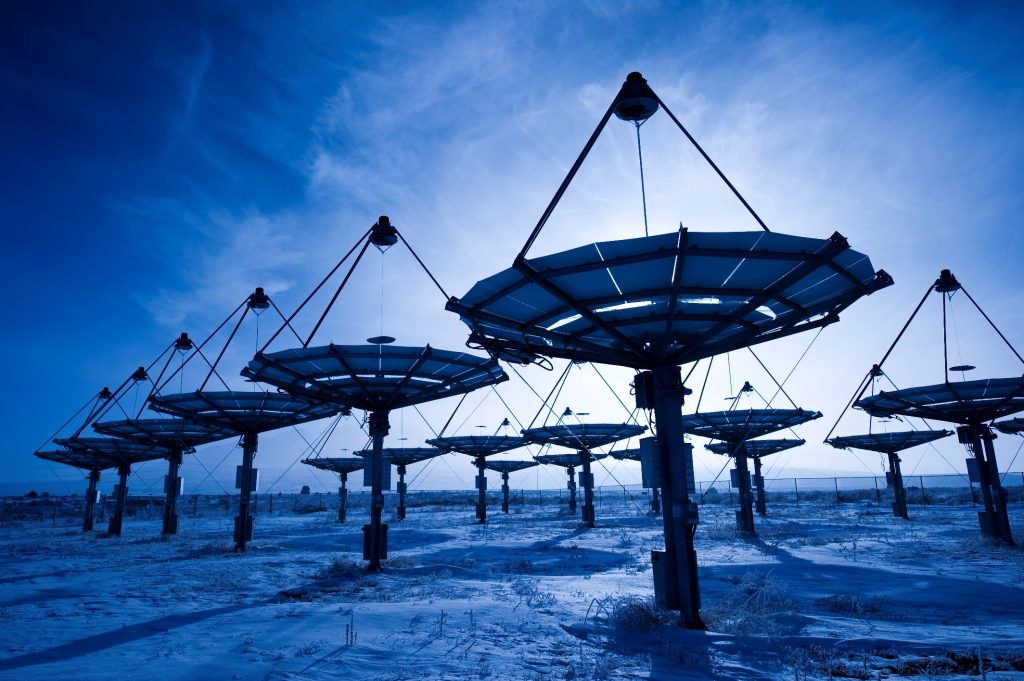
Most batteries have life left in them after they have served their intended purpose, Myers said. For example, electric delivery trucks, such as those found in FedEx’s fleet, require large battery packs. Once storage falls below 75 percent, a truck battery is no longer suited for street duty. But an array of truck batteries can reliably store energy from renewable sources.
Likewise, the battery in a Chevrolet Volt is designated for eight years or 100,000 miles. Passing that point, however, doesn’t mean the battery is dead. “You could get another 10 years if you use them lightly in certain applications,” Myers said.
The INL microgrid test bed integrates such batteries into a system that also incorporates solar energy, load control capacities and grid interaction algorithms. In this way, Myers and his associates can study demand response, peak shaving and ancillary services.
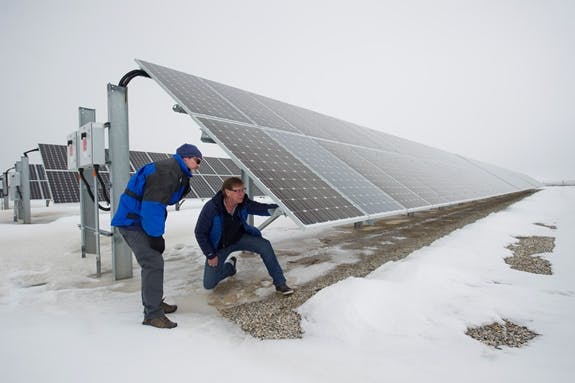
An additional option is flow battery technology advanced by Pacific Northwest National Laboratory and other industry and university researchers and developers. Flow batteries are part battery and part fuel cell, and normally considered for relatively large stationary applications, anywhere from 50 kilowatt-hours to 10 megawatt-hours. They are already used alongside solar or wind power sources to compensate for fluctuating power levels, and alongside generators, to improve grid integration and operations. Overall, they are well-suited to longer periods of use.
INL’s microgrid test bed includes “smart house” components such as appliances that can dynamically adjust their demand for electricity. But while the microgrid at ESL is providing researchers with valuable data, there is more work going on in the field, primarily for the Department of Defense.
Military bases need reliable power from backup systems that can take over if service from the primary grid is interrupted. Diesel generators have traditionally been used to supply this, but as bases incorporate wind and solar sources, the resulting swings in usage can, in certain cases, stress generators and shorten their life spans.
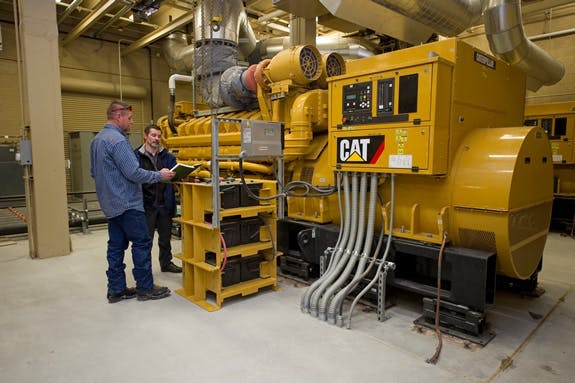
INL has provided resources and expertise at such locations as Tooele Army Depot and Dugway Proving Grounds, in Utah, F.E. Warren Air Force Base in Wyoming, and Naval and Air Force bases in California, Japan and Guam. To date, INL researchers have assisted in development and integration of more than 1,000 MW of hybrid power, solar and wind energy systems at Department of Defense and industry/utility sites around the world.
Test projects like the one at the U.S. Navy’s Port Hueneme base near Oxnard, Calif., provide a full-scale opportunity to test renewables, load control and energy storage.
When done well, microgrids can save taxpayers money and provide power for critical missions. “It costs many users a lot of money every time they have an outage,” Myers said. And they also provide better energy security.
Learn more about INL’s Microgrid Test Bed

